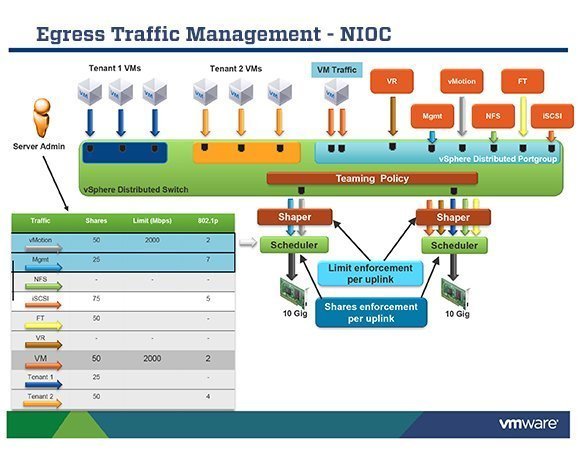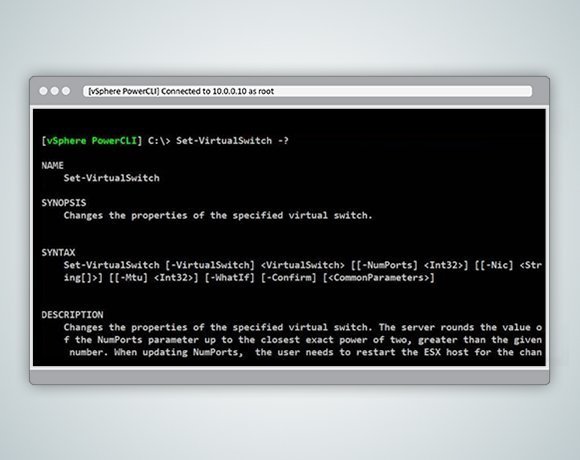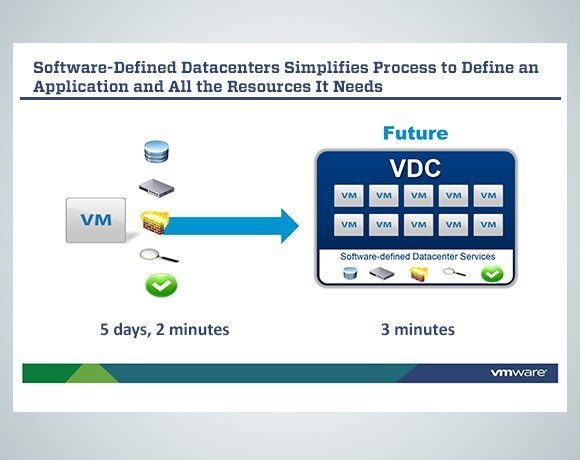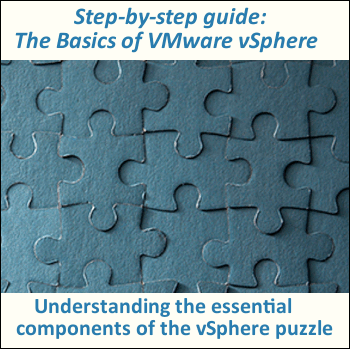Difference between Standard Switch and Distributed switch
vSphere Distributed Switch Part 3 - Difference between Standard Switch and Distributed switch
I have been asked by lot of people during my training sessions about the difference’s between standard and distributed switch. I decided it’s the time to post the series of posts about distributed switch to help the readers to learn about distributed switch. In this post, I have explained the major differences about standard and distributed switch.

VS

Features
Standard Switch
Distributed Switch
Management
Standard switch needs to managed at each individual
host level
Provides centralized management and
monitoring of the network configuration
of all the ESXi hosts that are
associated with the dvswitch.
Licensing
Standard Switch is available for all
Licensing Edition
Distributed switch is only available for
enterprise edition of licensing
Creation & configuration
Standard switch can be created and
configured at ESX/ESXi host level
Distributed switch can be created and configured
at the vCenter server level
Layer 2 Switch
Yes, can forward Layer 2 frames
Yes, can forward Layer 2 frames
VLAN segmentation
Yes
Yes
802.1Q tagging
Can use and understand 802.1q
VLAN tagging
Can use and understand 802.1q
VLAN tagging
NIC teaming
Yes, can utilize multiple uplink to
form NIC teaming
Yes, can utilize multiple uplink to form
NIC teaming
Outbound Traffic Shaping
Can be achieved using standard switch
Can be achieved using distributed switch
Inbound Traffic Shaping
Not available as part of standard
switches
Only possible at distributed switch
VM port blocking
Not available as part of standard
switches
Only possible at distributed switch
Private VLAN
Not available
PVLAN can be created as part of dvswitch. 3 types of PVLAN(Promiscuous,
Community and Isolated)
Load based Teaming
Not available
Can be achieved using distributed switch
Network vMotion
Not available
Can be achieved using distributed switch
Per Port policy setting
Policy can be applied at switch
and port group
Policy can be applied at switch, port group and even per port level
NetFlow
Not available
Yes
Port Mirroring
Not available
Yes
I hope this is informative for you. Thanks for reading !!!!
How do switches, vSwitches and distributed vSwitches differ?

Source: courtesy of VMware
In a VMware environment, switches bring the physical network to virtual machines (VMs), while standard virtual switches and distributed virtual switches enable a sophisticated virtual network topology between VMs, hosts and host clusters.
A network switch directs network traffic. Similarly, a virtual switch (vSwitch) carries VMs' traffic to the physical network and to other VMs.
Distributed vSwitches, which are also known as VMware vDS, enable more features than standard vSwitches, sometimes called VMware vSS. A standard vSwitch works within one ESX/ESXi host only. Distributed vSwitches allow different hosts to use the switch as long as they exist within the same host cluster. A distributed vSwitch extends its ports and management across all the servers in a cluster, supporting up to 500 hosts per distributed switch.
Instead of making virtual networks more complicated with its additional options, the distributed vSwitch simplifies operations and helps catch configuration errors and increase network visibility.
http://www.vmwarearena.com/2014/01/vsphere-distributed-switch-part-3.html








